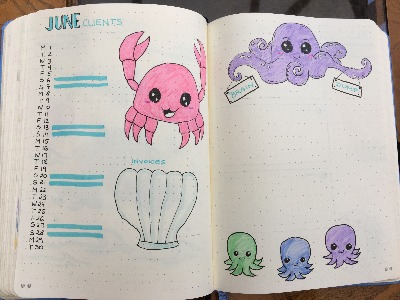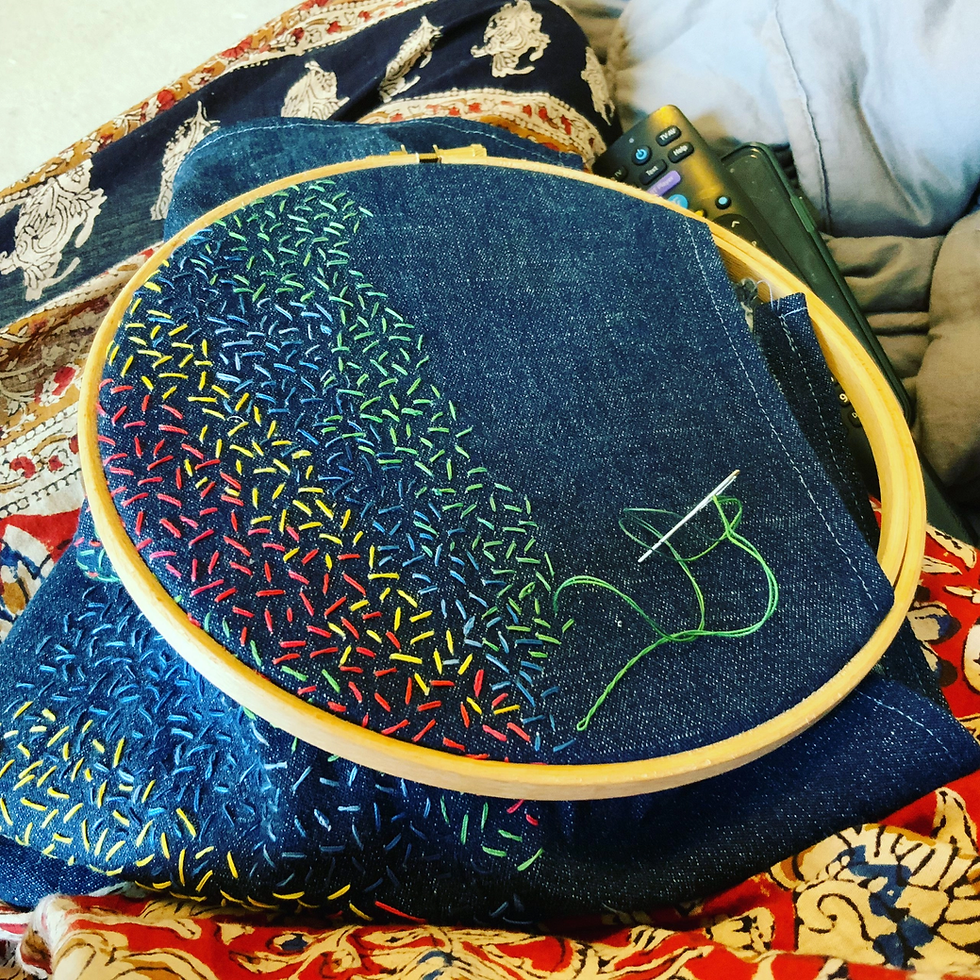The Bullet Journal - A brilliant planning tool if you like to “think on paper”
- Isi Dixon
- Jun 14, 2020
- 3 min read
Updated: Sep 17, 2020
There are plenty of time-management and organisation systems. But right now, there’s one planning tool that’s very much “in vogue” and doing the rounds on Instagram and across productivity/self-improvement blogs. That tool is the bullet journal.
The bullet journal is ideal for business professionals or anyone who just wants to make the most of their time. I use it all the time and it has improved my productivity a lot. In addition, it’s a nice creative outlet for me, but you don’t have to be creative to make the most of it.
What is a Bullet Journal?
A bullet journal is essentially a fully customisable journal that you use to organise your to-do lists, as well as to keep other notes and a log of things that you’ve already done. You do this by using bulleted items, which is where the name comes from.
So, it’s just a book of lists then?
Well kind of, but it’s also a fair bit more attractive and useful than a book of lists. To better understand, consider the components of a typical bullet journal and how you might go about setting one up for yourself.
Sections of a Typical Bullet Journal
Daily Log and Key. The bulk of your bullet journal will consist of a daily log. Each day, you’ll create a list of items, which will act as a to-do list as well as a place to keep your general notes and ideas you want to jot down. You might be wondering how you keep all this in one place without it becoming cluttered. You use a key in order to distinguish different types of notes. Instead of simply bullets, you use crosses, circles, dots and other elements that you predefine. You also create a key for reference which will explain what each of these things means. While it’s up to you precisely what kinds of items you want to include, you’ll typically have a way to indicate: To-do tasks, Tasks already completed, Tasks that are deferred for later, and Notes to yourself. You might also include quotes and other items.
Tracker. Many people include a tracker for their daily logs, which will track such things as workouts, nights that you got more than 7 hours of sleep, and more.
Future Log. At the front of the journal will normally be a page for you to plan out your year. You use this similarly to the daily log, except here you might place important key events, things to remember, or goals to achieve. Trackers can also go here.
Monthly and Weekly Logs. These operate just like the future log, except they work for each month and week.
Collections. A collection is a page that you dedicate to … pretty much anything you want. These typically take the form of lists, but don’t have to. This might mean that you list films to watch, gift ideas, recipes that you want to try, inspiring quotes, rules to live by, or anything else. Some people insert collections as they go between their daily logs and simply turn to the next blank page to insert them. Others start their collections at the back of the book.
Index. Finally, you include an index and page numbers at the front of the journal. This is useful for quickly and easily finding the items you want.
The great thing about the bullet journal is that it’s entirely adaptable to how you want to use it. And when you apply a little creativity, it can also look very attractive. Happy bulleting!
If you fancy having a go, here are a few good quality dot grid journals that are ideal for the purpose.
Over to you
If you want to improve your time management, why not join my mailing list? You will receive weekly productivity tips in your inbox and as a thank you I will send my “Be the Master of Your Day” checklist containing 6 simple strategies to manage your time and boost your productivity.
.png)







Comments